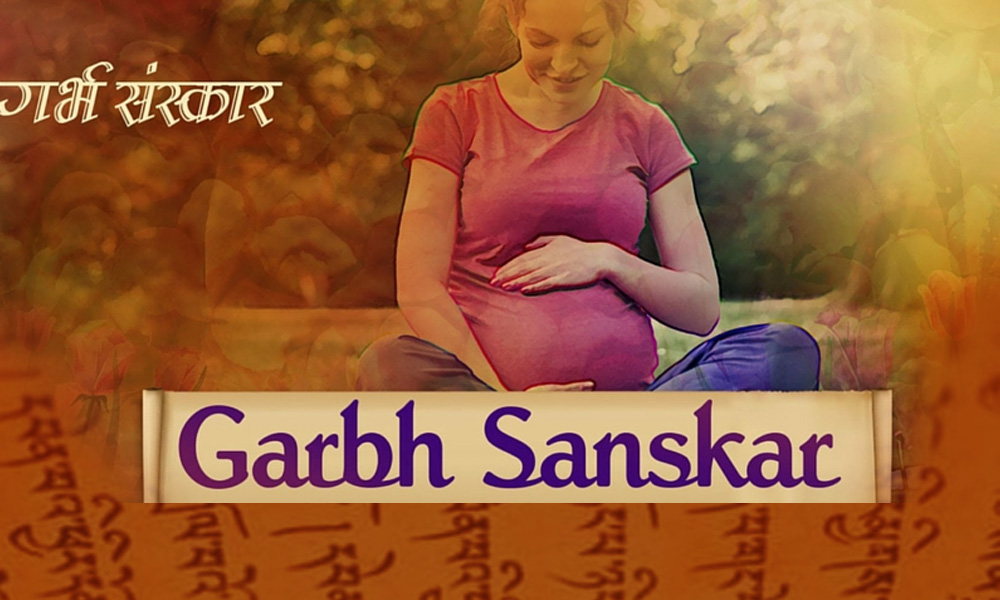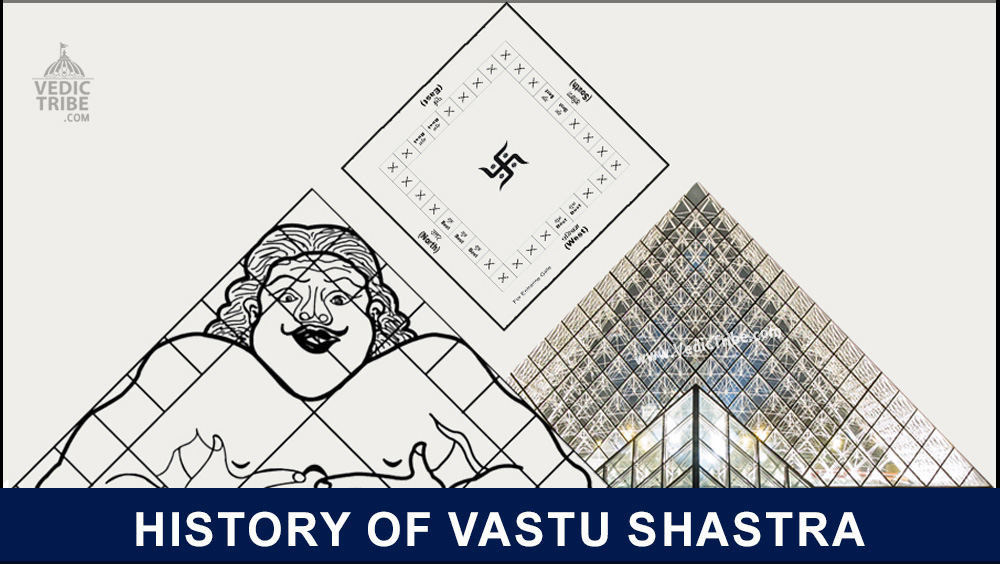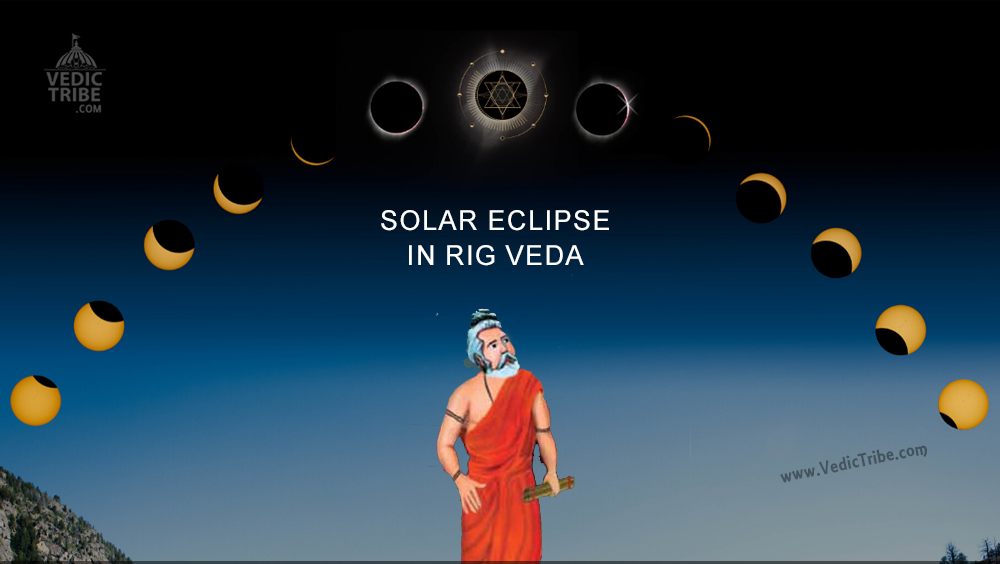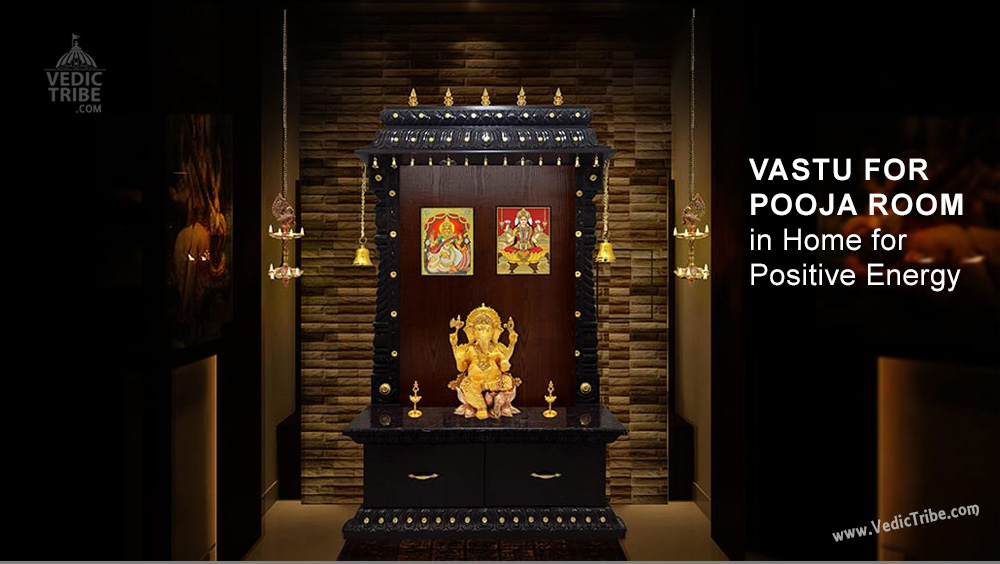~ By Pallavi Tyagi
The Sanskrit word Garbh means foetus in the womb and Sanskar means educating the mind. So, Garbh sanskar essentially means educating the mind of the foetus. It is traditionally believed that a child’s mental and behavioural development starts as soon as he is conceived. His personality begins to take shape in the womb, and this can be influenced by the mother’s state of mind during pregnancy.
This knowledge can be traced back to ancient scriptures and is included in the Ayurveda.Although it may sound strange and weird, your bond with your child starts right from the time you conceive. It is not that when the child is born you know him. The baby listens to you and feels your feelings even when it is developing in your womb. You can shape up your baby’s first impressions by listening to good music, visualizing, massaging gently meditating and of course, with the help of positive thinking.
The popularity of Garbh sanskar is also because researchers have proved its relevance and importance in the development of the child. There are scientific evidences that prove that a baby inside the mother’s womb responds to the outside stimulus and has the ability to listen. Doctors and experts also believe that there is a significant effect of the hormonal secretions that are activated by the thoughts of a mother on the unborn baby.

The advantages of Garbh sanskar are not only that you educate your child and there is development of a bond between the mother and the child. In fact, this has a great impact on the health of the mother also. The positive thinking and attitude promotes physical well being of the mother.
Experts encourage some of the practices of Garbha sanskar and say it may be worth talking to your baby, listening to music and reading educative books while you are pregnant. This shall make your baby have better sleeping habits, be more alert and confident, more content, more active at birth, better at breastfeeding and bond with parents better
Ancient Indian medicine has recognized the need for the mental, spiritual and physical preparation of the mother-to-be for the momentous event of childbirth. Ayurveda describes this theory as “Supraja janan” or eu-maternity This “Supraja janan”, as conceptualised in Ayurveda, involves the preparation of the couple planning pregnancy, three months prior to conception.
The beginning is by pinda shuddhi or the purification of the gametes (sperm and ovum). If the couple is not in a state of mental stability and calmness, even if they are physically fit, they cannot give birth to a healthy child. This mental calmness and stability (“Sathwa Guna”) of mind is closely related to ones food habits and many other factors. Abstinence from spicy foods and addictive substances is advised.
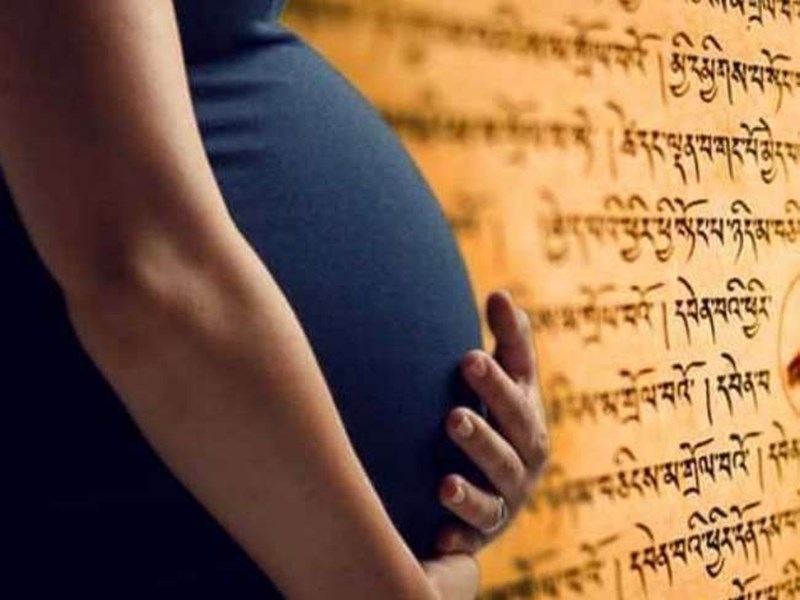
Mother’s bond with the child starts right from the time of conception. The mother can shape up baby’s first impressions. The positive thinking and attitude promotes physical wellbeing of the mother and the baby throughout the pregnancy and after. The advantages of Garbh sanskar are not only that you educate your child but there is development of a bond between the mother and the child.
Chants, Meditation, and Mantras are most important during the process of Garbh Sanskar. From the seventh month, foetus can hear the sounds from mother’s womb and from the surroundings of mother and also responds to them. Sound of mother’s heartbeats is the first and nearest sound heard by the foetus and hence when the mother takes her crying child close to her the child stops crying and becomes calm.It is possible to give energy for the development of body mind and sole of the child in the womb by listening to special kind of music. For example, the sound of the veena, flute and Samaveda mantras gives health to the pregnant woman and the child within. There are various music cassettes and CDs of “Garbha sangeet” available in the market.
Garbha sanskar can be traced back to ancient Hindu texts like the Vedas which date to 1500-500 BC. It also finds reference in the Mahabharata which was written roughly around 400 BC. It finds a place in traditional ayurvedic medicine as a guide for pregnant women in prenatal education.

Indian mythology is littered with stories that illustrate the power of Garbha sanskar. One of the most famous and well-known tales is that of Abhimanyu from the Mahabharata. When Arjuna’s wife was pregnant with their son Abhimanyu, he told her about how to penetrate the Chakravyuh, a particular war formation. When Abhimanyu became a young man and a warrior in the Kurukshetra war, he remembered his father’s story. He was able to employ the strategy that he had heard his father tell his mother while he was in her womb.
There has been a growing interest in the subject of learning in the womb, which is the concept underlying the Garbha sanskar philosophy. Research indicates that a baby’s brain develops up to 60 per cent while in the tummy. Opinions, however, differ on whether you should actively try to stimulate your baby’s development or not. On the other hand, there are other experts who are of the view that learning should not be forced on a fetus. Your unborn baby has enough on his plate trying to grow inside you.
Garbha sanskar is all about being in a good state emotionally, mentally, physically and spiritually for the sake of your growing baby. To do this, ancient scriptures suggest: listening to music, thinking positive, eating healthily, yoga, meditation and prayer, being creative and communicating with your unborn child.

